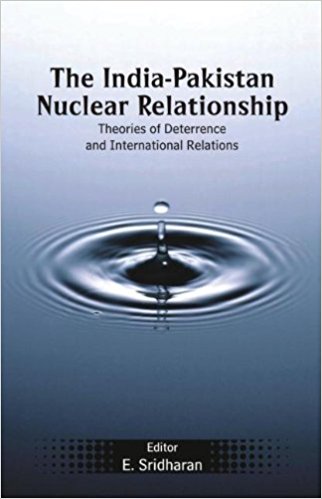It is interesting to see where Pakistan is today, where the India-Pakistan relationship is headed and compare reality with what the authors have said would happen to the nuclear relationship. This is particularly so since the book attempts for the first time to link deterrence calculations with IR theory. The Indo-Pakistani state-to-state tension today could be said to be akin to Poland’s mistaken fears in 1917 of a state-to-state Russian threat, when in fact, another all pervasive ideology was about to immediately overwhelm Russia, and then Poland 25 years later. The nuclear relationship has not evolved as predicted either. In 1999 Pakistani analysts were probably speaking the truth when they said that Islamabad only hoped to deter a much bigger India with an arsenal that would never match India’s. Today, Pakistan has a more advanced arsenal, a much more advanced missile delivery system, a robust command structure and is about to launch a plutonium production line, probably to outfit its cruise missiles to attempt a first strike strategy.
Never in history has a smaller nation attempting a minimum nuclear strategy, found itself in the driver’s seat, and then decided to give the larger nation a run for its money. In the meanwhile the Pakistani nation is itself hollowing out, with its periphery falling off the edges and its last surviving institution—the army, unwilling to fight Islamic militancy, for fear of imploding.

